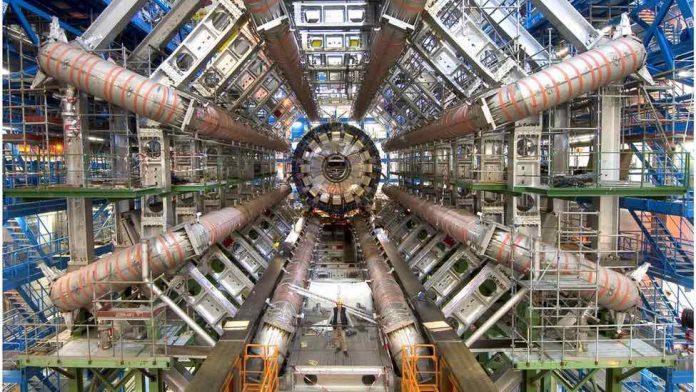Much smaller and extremely less costly particle accelerators have been proven to be theoretically possible by a reworking of a concept that is 20 years old. Carlo Benedetti, Carl Schroeder, Eric Esarey, and Wim Leemans, physicists at Lawrence Berkeley National Laboratory’s Berkeley Lab Laser Accelerator (BELLA) Center have developed a scheme to produce high-speed electrons using coupled lasers.
The basic idea is fairly simple. A laser passes through a plasma field. Plasma consists of electrons and other particles that are not connected to one another. The electrons are accelerated to speeds approaching the speed of light. Single laser electron acceleration has been accomplished but the continuous beam of electrons needed for particle acceleration work like that at CERN is not yet possible.
To overcome the present limitations of laser induced particle acceleration, the researchers propose using multiple lasers at the same time. The coordination of the laser pulses could produce electron speeds similar to large scale particle accelerators. Lasers that can produce repetitive pulses cannot recharge quickly enough to sustain high speed electron acceleration at present. The advantage of laser accelerated electrons is the creation of electric fields that are 1,000 times as large as present accelerator technology.
The reduction in size can be estimated by a comparison of CERN’s 17 mile accelerator with the BELLA laser that is about 33 feet square. Power production constraints are limited to about 40 quadrillionths of a second with present technology. Present laser technology can produce about 400 times more energy than all the electrical power plants in the world. Practical applications for this technology include electrical energy, industrial applications, medicine, and lower cost particle physics research. The Large Hadron Collider at CERN cost nine billion dollars to construct.















